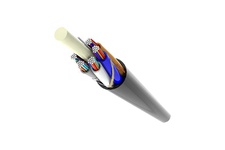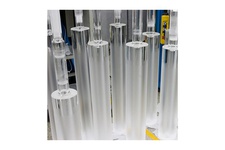| English | Select | |
| 한국어 | Select | |
| Русский | Select |

The antenna feeder coaxial cables used for RF communication systems incorporate high foaming polyethylene insulation technology to minimize signal loss. They have excellent electric features such as low damping and reflection coefficient. Furthermore, they have high flexion features due to high flexibility.
To meet the usage environment needs, flame-resistant polyethylene has been applied as a safeguard against fire hazards. Flame and fire-resistant sheaths are also used.
Types and purposes
• Types
- HFC Series: HFC (-FR) 12D, HFC (-FR) 22D, HFC (-FR) 33D, HFC (-FR) 42D
- HFSC Series: HFSC (-FR) 6D, HFSC (-FR) 10D, HFSC (-FR) 12D, HFSC (-FR) 22D
- HFASC Series: HFASC (-FR) 10D, HFASC (-FR) 12D
- HFSC Series: HFAC (-FR) 12D, HFAC (-FR) 22D
• Purposes
- Main feeder for mobile communication base stations
- In-building distribution system
- Various wireless communication system antenna feeder lines
Benefits
Structurally, mechanically stable. High quality audio, video and data communication is enabled through stable frequency of the broadband.
• Optimized insulation design for low attenuation
• Low transmission loss due to high foam
• Flexibility and low return loss due to uniform creases
Main functions
• Low attenuation, low VSWR communication lines
• Fire-resistant, LSZH (Low Smoke Zero Halogen) properties are feasible (upon request)
• No harmful heavy metals (RoHS compliance)
- RoHS: Restriction of Hazardous Substance











































































